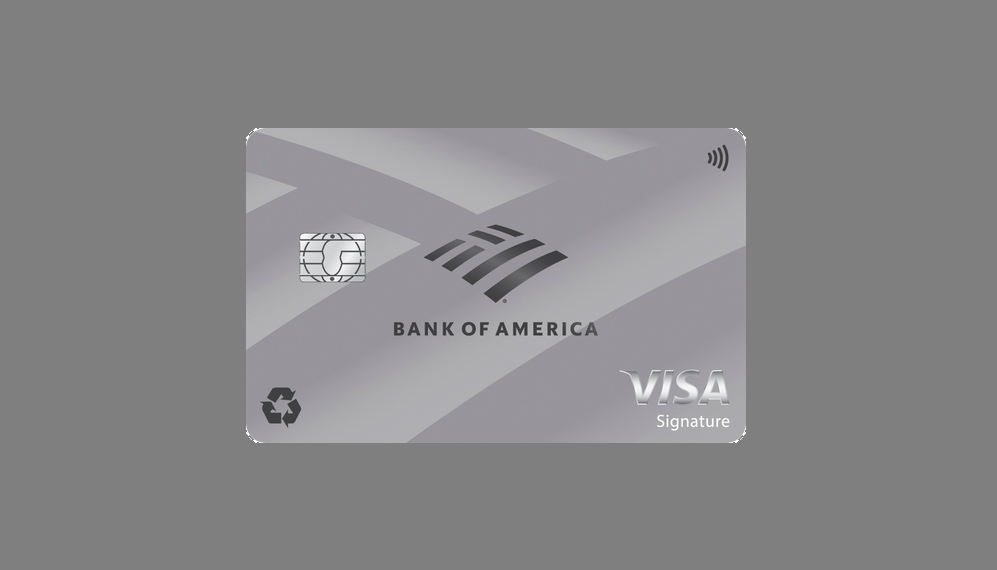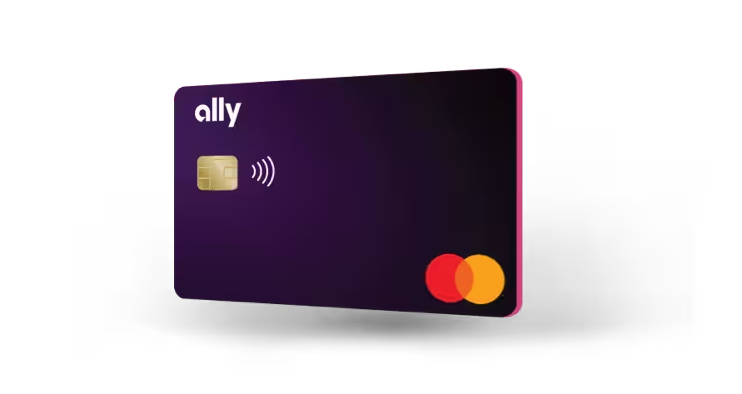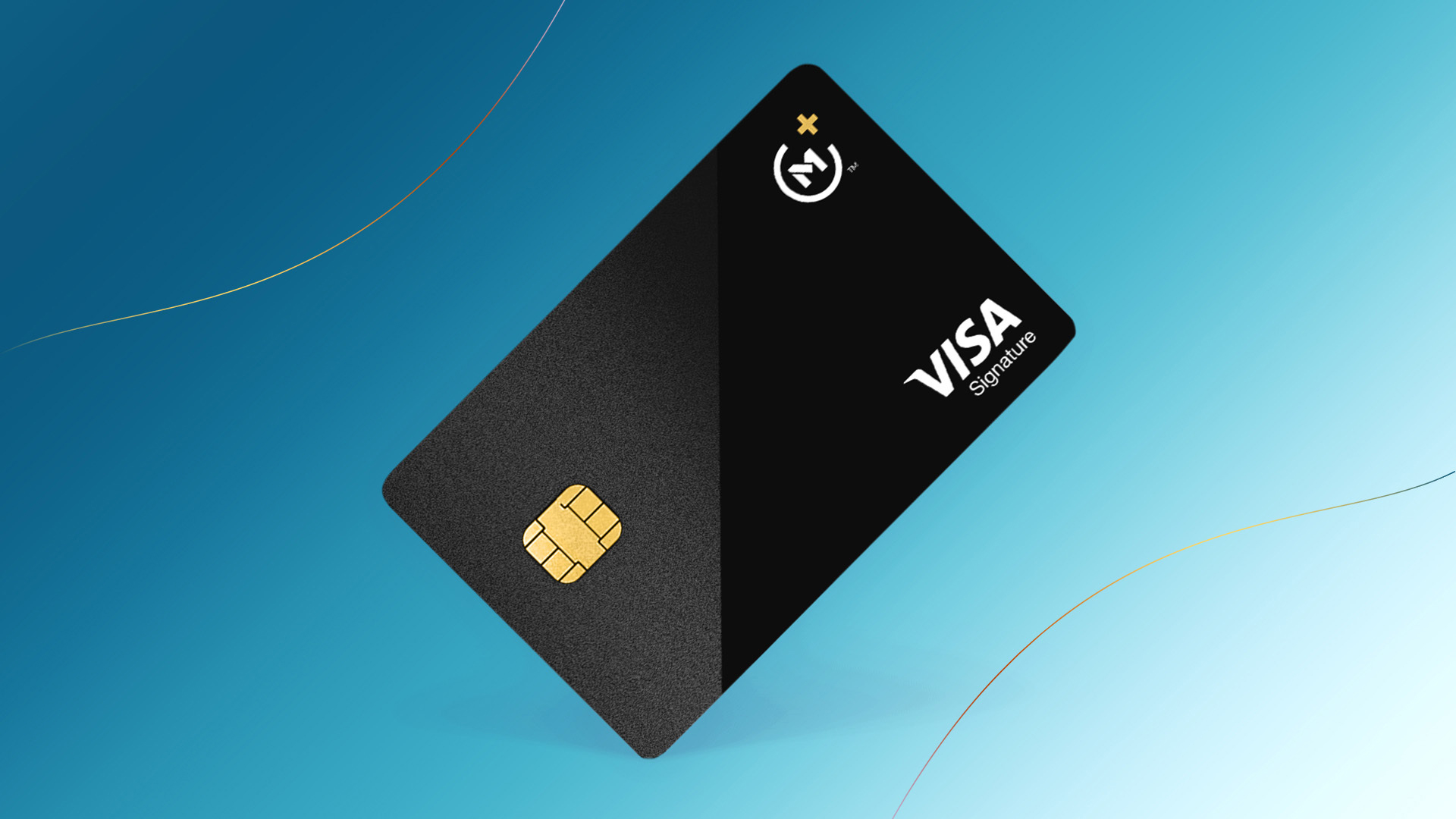The Benefits and Risks of Using Credit Cards for Young Adults

The Dual Nature of Credit Cards
For many young adults, navigating the world of finance can be both exciting and overwhelming. Among the various financial tools available, credit cards hold a unique position, offering a mix of benefits and potential risks. Understanding how to utilize credit cards effectively is essential for cultivating good financial habits that will serve individuals throughout their lives.
Exploring the Benefits of Credit Cards
Building credit history is perhaps one of the most significant advantages of using credit cards. A robust credit history is crucial for securing future loans, including mortgages and auto loans. Lenders often look at credit scores to determine an applicant’s reliability and ability to repay debt. By consistently making on-time payments using a credit card, young adults can improve their credit scores, which can lead to better interest rates on loans in the future.
Rewards programs are another enticing feature of credit cards. Many credit card companies offer rewards programs that allow users to earn points, cash back, or travel perks for every dollar spent. For example, a card might offer 2% cash back on groceries and 1% on other purchases. These rewards can accumulate quickly, offering significant savings or experiences, such as discounted flights or free hotel stays, for those who use their cards responsibly.
Moreover, credit cards can act as emergency funds in unexpected situations. Whether it’s an unexpected car repair or a needed medical expense, having a credit card can provide immediate access to funds when cash is tight. This can relieve financial stress and prevent turning to high-interest payday loans, which often lead to deeper debt.
Weighing the Risks Involved
However, the allure of credit cards comes with significant risks. High-interest rates can lead to rapid debt accumulation if balances are not paid in full. For instance, a card with a 20% APR can quickly become burdensome if only minimum payments are made. Individuals may find themselves trapped in a cycle of debt that hinders their financial stability.
The temptation to overspend represents another common pitfall. Credit cards can create a disconnect between spending and actual available funds, leading to impulsive purchases. Young adults, in particular, may find themselves drawn to the convenience of credit, making it easy to lose track of expenses, which can negatively impact their budget and savings goals.
Furthermore, missed payments can result in potential damage to credit scores. Consistently failing to pay on time not only incurs late fees but can also severely impact one’s credit rating. This damage can take time to repair, potentially affecting future credit applications.
Ultimately, the balance between capitalizing on the advantages of credit cards while mitigating their downsides is crucial. A well-informed approach allows young adults to harness the power of credit cards wisely. By understanding both the benefits and risks associated with credit cards, individuals can make informed decisions that promote a healthy financial future.
Conclusion
In this article, we will delve deeper into these benefits and risks, providing insights that will empower young consumers to make informed financial decisions. Whether you are a recent graduate entering the workforce or someone eager to learn, understanding credit cards is a vital step toward financial literacy that can pave the way for fiscal responsibility and success.
DIVE DEEPER: Click here to learn how to apply for a Wells Fargo personal loan</p
The Pros and Cons of Credit Card Use for Young Consumers
As young adults step into the world of financial independence, understanding the intricacies of credit cards is paramount. With their appeal in the form of convenience and benefits, credit cards can also pose significant challenges if mismanaged. To make the most of this financial tool, it is essential to examine the myriad advantages that credit cards offer, alongside the potential pitfalls that could derail financial health.
The Upsides of Credit Card Ownership
Convenience is arguably one of the most appealing aspects of credit cards. They provide a seamless way to make purchases online or in-person without the need to carry cash. In a world increasingly shifting towards digital transactions, the ability to pay quickly and efficiently is invaluable, especially for busy young professionals balancing various responsibilities.
Another important benefit is financial flexibility. Credit cards allow users to make significant purchases without having the upfront amount readily available. This becomes beneficial during emergencies, such as urgent car repairs or unforeseen medical expenses when immediate cash may not be at hand. Additionally, smart use of this flexibility can aid in short-term cash management, helping young adults to navigate fluctuating expenses more gracefully.
The notion of cash back incentives is an enticing draw for many young adults. Numerous credit cards provide cash back for each dollar spent—often with an opportunity to earn higher percentages in select categories, such as dining, groceries, or gas. For example, some popular cards might offer a 3% cash back on travel-related expenses or a flat 1.5% on every purchase. These rewards can add up significantly over time, enabling young adults to enjoy additional savings or fund entertainment expenses.
Furthermore, credit cards often come equipped with purchase protections that can safeguard consumers from fraud and theft. Many banks and credit card companies offer zero liability policies, meaning that cardholders are not responsible for unauthorized transactions. Additionally, certain cards provide extended warranties on purchases, price protection, or even return guarantees, which can give shoppers peace of mind when making significant expenditures.
- Building credit score: Timely payments help to establish a solid credit history.
- Travel benefits: Some cards offer travel insurance and rental car coverage.
- Budgeting tools: Many credit cards offer insights on spending, helping users to manage their finances better.
Assessing the Downside of Credit Card Use
Nevertheless, while the benefits are pronounced, the risks associated with credit card use must not be overlooked. Young adults may face the danger of falling into a cycle of debt accumulation due to high-interest rates. If a credit card has an APR of 18% or more, failing to pay the balance in full each month could lead to staggering interest charges, compounding the initial amount owed.
Additionally, credit cards can foster a habit of overspending. The ease of swiping a card can blur the lines between necessities and luxuries, leading to financial strain. Young consumers might find themselves purchasing items beyond their means, driven by what feels like “free” money. This lack of immediate payment can erode budgeting skills, making it more challenging to save for the future.
Moreover, frequent missed payments can have a detrimental impact on one’s credit score. A poor credit score can haunt individuals for years, affecting their ability to secure loans or rental agreements. The repercussions of a damaged credit rating can lead to higher interest rates and missed opportunities in the long run.
By weighing these advantages and disadvantages, young adults can equip themselves with the knowledge needed to manage their credit cards wisely. Understanding the dual nature of credit cards can empower them to forge a path toward financial health and independence.
DISCOVER MORE: Click here to learn how to apply
Strategies for Responsible Credit Card Management
With a clear understanding of both the advantages and disadvantages associated with credit cards, young adults can implement strategies to maximize the benefits while minimizing risks. Learning to navigate the realm of credit responsibly can lead to a healthier financial future.
Creating a Budget for Smart Spending
One of the most effective ways to avoid falling into the trap of overspending is to develop a detailed budget. Young consumers should track their monthly income and expenses systematically, identifying fixed costs like rent and utilities as well as variable costs such as groceries and entertainment. By allocating a specific portion of their budget to discretionary spending that can be charged to a credit card, they can prevent unintentional debt accumulation while still enjoying the perks of using credit.
Additionally, keeping a record of credit card transactions ensures that young adults remain aware of their purchasing habits. Many card issuers offer free tools to monitor spending and categorize expenses, which can reinforce responsible financial behavior.
Utilizing Payment Plans and Alerts
To mitigate the risk of late payments damaging their credit score, young cardholders can take advantage of automated payment systems and alerts. Setting up automatic payments for at least the minimum amount due can guarantee that bills are settled on time, avoiding late fees and the adverse impact on credit scores. Furthermore, enabling reminders for payment due dates can serve as a helpful nudge, ensuring that individuals stay on track with their financial commitments.
Reward Programs and Optimizing Benefits
Young adults can maximize the benefits of credit cards by enrolling in reward programs that align with their spending patterns. Many card issuers offer bonuses for signing up or meeting certain spending thresholds in the first few months. These incentives can yield substantial benefits, from travel rewards to cashback bonuses, turning everyday purchases into opportunities for savings.
Moreover, young consumers should compare credit card options to find those that offer the best rewards for their specific spending habits. For instance, a student who frequently dines out should consider cards that offer higher cashback for restaurant purchases, while those who travel often might benefit from travel-specific bonuses, including airline miles and hotel points.
Understanding Your Card’s Terms and Conditions
Grasping the intricacies of each credit card’s terms is vital for avoiding pitfalls. Young adults should familiarize themselves with the interest rates, annual fees, and terms surrounding late payments. Knowing the conditions under which interest begins to accrue, and how it compounds, can encourage responsible use of credit. Additionally, understanding how the issuer rewards good practices—such as on-time payments and maintaining a low balance percentage—can empower young consumers to use credit cards more effectively.
The Role of Education in Credit Management
Institutions across the United States are increasingly recognizing the need for financial education among young adults. Schools and community programs are beginning to offer courses focusing on financial literacy, including credit card management. Engaging in these educational opportunities can provide invaluable insights, equipping young consumers with the skills needed to make informed decisions regarding their credit use.
In summary, by embracing principles of budgeting, maximizing rewards, and committing to continuous learning about credit, young adults can unlock the potential of credit cards as a stepping stone toward financial stability. Careful management allows them to enjoy the plethora of benefits while navigating the various challenges associated with credit card use.
DIVE DEEPER: Click here for a complete guide
Conclusion
In conclusion, the journey of utilizing credit cards as a young adult is a double-edged sword, bringing both opportunities and challenges. On one hand, credit cards can bolster financial flexibility, enabling young consumers to build a robust credit history essential for future endeavors like securing loans for education, a home, or a car. With savvy management, individuals can transform everyday purchases into rewards that offer significant savings, making it easier to enjoy the lifestyle they aspire to.
However, the allure of credit must be approached with caution. Young adults can easily succumb to the pitfalls of debt accumulation and late payments, which can tarnish their credit scores and long-term financial health. Understanding the terms of credit agreements, coupled with keen financial literacy, becomes paramount in mitigating these risks. In a landscape that increasingly emphasizes the need for financial education, the role of schools and communities in fostering responsible credit use among youth is more critical than ever.
As individuals embark on their financial journeys, it’s essential to remain proactive. This includes setting realistic budgets, utilizing available technology for tracking expenses, and seeking out financial literacy resources. By embracing informed strategies, young adults can navigate the complexities of credit cards while reaping their full benefits. Ultimately, the key lies in striking a balance between enjoying the privileges of credit and maintaining a discipline that safeguards one’s financial future.


